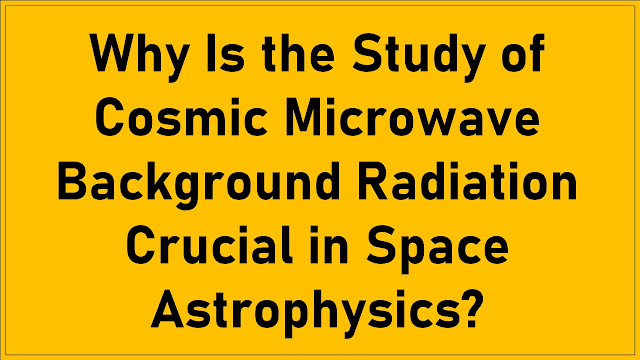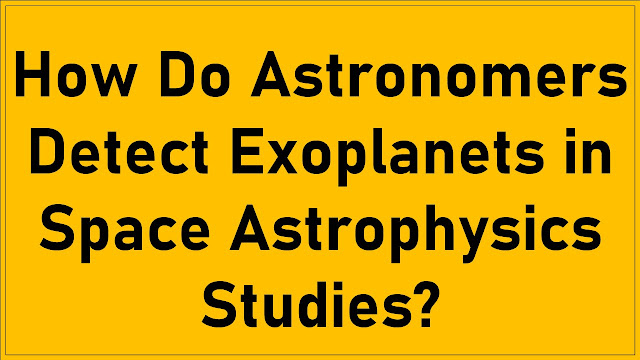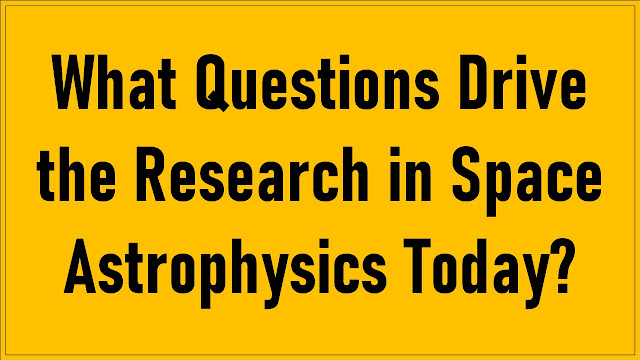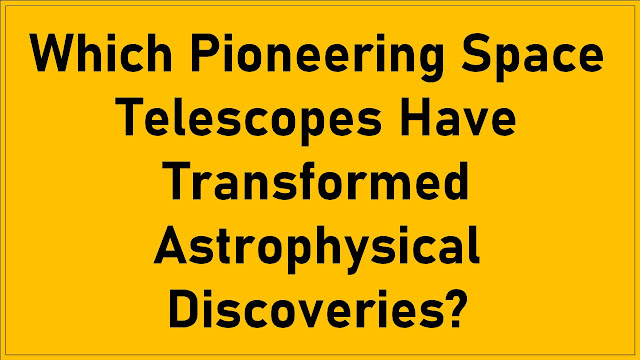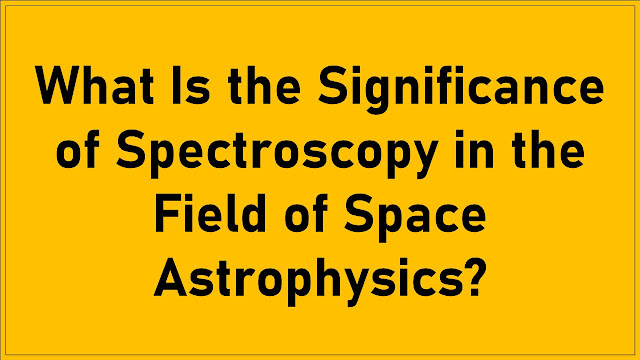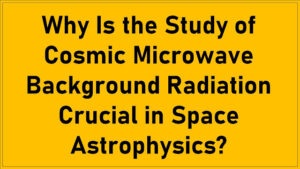
Introduction.
In this article, I’ll delve into the captivating realm of space astrophysics and explore the pivotal role played by the study of Cosmic Microwave Background Radiation (CMBR). Imagine peering back in time to an epoch when the universe was a mere infant, just 380,000 years old. The CMBR offers us precisely that extraordinary opportunity. It is the faint echo of the Big Bang, an ancient whisper that holds the secrets to our universe’s birth and evolution. As we embark on this cosmic journey, we will unravel why the study of CMBR is not merely a pursuit of curiosity, but an indispensable tool that has revolutionized our understanding of the cosmos and continues to shape the frontiers of space astrophysics.
By delving into the intricacies of CMBR, we unlock a treasure trove of information that informs our understanding of cosmic evolution, the distribution of matter, and the formation of galaxies. Beyond its historical significance, the study of CMBR has practical applications, offering insights into the universe’s composition, its expansion rate, and even the mysterious dark matter and dark energy. As we navigate through the intricacies of CMBR research, we will discover why this cosmic background radiation serves as a cornerstone in the edifice of space astrophysics, driving our quest to fathom the deepest mysteries of the cosmos.
- Cosmic Microwave Background (CMB) reveals the universe’s early state.
- CMB provides insights into the universe’s age and expansion.
- Understanding CMB helps validate the Big Bang theory.
- CMB data helps constrain cosmological parameters.
- CMB aids in studying the formation of cosmic structures.
- CMB informs theories about dark matter and dark energy.
Cosmic Microwave Background (CMB) reveals the universe’s early state.
The study of Cosmic Microwave Background radiation is crucial in space astrophysics because it provides a unique snapshot of the universe’s early state. CMB is essentially the afterglow of the Big Bang, the moment when the universe came into existence. It is the oldest light in the universe, dating back to about 380,000 years after the Big Bang, when the cosmos was still a hot, dense soup of particles. As the universe expanded and cooled, it released this radiation, which now permeates all of space.
The CMB is significant because it allows astronomers to peer back in time to a period when the universe was just a fraction of its current age. By studying the CMB, scientists can gain insights into the conditions, composition, and structure of the early universe. This radiation carries information about the initial distribution of matter, temperature fluctuations, and the seeds of cosmic structures that eventually formed galaxies and galaxy clusters. In essence, it’s like a cosmic time capsule that helps us understand the fundamental principles that governed the universe’s evolution.
Understanding the CMB is akin to having a cosmic Rosetta Stone for deciphering the universe’s history. It provides a foundational framework for constructing theories about how galaxies formed, how the cosmos expanded, and how structures emerged over billions of years. Consequently, the study of CMB plays a pivotal role in shaping our understanding of the universe’s origins and evolution, making it a cornerstone of space astrophysics.
CMB provides insights into the universe’s age and expansion.
The Cosmic Microwave Background (CMB) radiation is a crucial tool in space astrophysics because it offers valuable insights into the universe’s age and its ongoing expansion. When astronomers study the CMB, they are essentially looking back in time to an era when the universe was in its infancy. This radiation provides a snapshot of the universe’s conditions around 380,000 years after the Big Bang.
One of the key pieces of information that the CMB provides is the age of the universe. By examining the temperature fluctuations and patterns in the CMB, scientists can precisely determine the universe’s age. This value is essential for understanding the timeline of cosmic events and validating the predictions of the Big Bang theory, which serves as the prevailing cosmological model. The CMB data has played a pivotal role in confirming that the universe is approximately 13.8 billion years old, reinforcing our understanding of its ancient origins.
Moreover, the CMB also informs us about the universe’s ongoing expansion. The expansion rate of the universe, often referred to as the Hubble constant, can be inferred from the CMB data. This constant tells us how fast the universe is currently expanding. By studying the CMB, scientists have refined their measurements of the Hubble constant, contributing to our understanding of the universe’s dynamics. The CMB’s role in determining the universe’s age and expansion rate underscores its significance in space astrophysics, as it forms the foundation upon which many other astronomical observations and theories are built.
Understanding CMB helps validate the Big Bang theory.
The study of Cosmic Microwave Background (CMB) radiation is indispensable in space astrophysics because it serves as a powerful tool for validating the Big Bang theory. The Big Bang theory is the prevailing cosmological model that describes the origin and evolution of the universe. It posits that the universe began as a hot, dense singularity and has been expanding ever since. The CMB plays a pivotal role in confirming the predictions of this theory.
One of the key predictions of the Big Bang theory is the existence of a background radiation leftover from the early universe. This prediction aligns perfectly with the CMB, which is essentially the afterglow of the Big Bang. When the universe was about 380,000 years old, it had cooled enough for atoms to form, allowing light to travel freely through space. This is the moment when the CMB was released, and it has been traveling through the cosmos ever since. The characteristics of the CMB, such as its temperature and patterns of temperature fluctuations, match the predictions made by the Big Bang theory to an astonishing degree of precision.
By studying the CMB, scientists can scrutinize the Big Bang theory’s predictions in exquisite detail. The remarkable agreement between the observed CMB and the theoretical predictions bolsters our confidence in the Big Bang model and reinforces it as the most accurate description of the universe’s origins. Therefore, the CMB not only provides empirical evidence for the Big Bang theory but also helps refine and test the theory’s parameters, deepening our understanding of the universe’s early moments and its subsequent evolution. This validation is a cornerstone of modern space astrophysics.
CMB data helps constrain cosmological parameters.
In the realm of space astrophysics, the study of Cosmic Microwave Background (CMB) radiation plays a critical role in constraining cosmological parameters. Cosmological parameters are essential values and properties that describe the fundamental characteristics of the universe. They include parameters like the density of matter, dark matter, dark energy, and the geometry of the cosmos. Accurate determination of these parameters is crucial for understanding the universe’s past, present, and future.
The CMB provides a wealth of information that can be used to constrain these parameters. For example, the temperature fluctuations in the CMB carry signatures of the density variations in the early universe. By carefully analyzing these fluctuations, scientists can deduce the density of ordinary matter and dark matter in the cosmos. This, in turn, helps refine our understanding of the universe’s composition and structure.
Additionally, the CMB contains information about the geometry of the universe. By studying the patterns and sizes of temperature fluctuations, researchers can ascertain whether the universe is flat, open, or closed. This has profound implications for the ultimate fate of the universe and the role of dark energy in driving its expansion.
CMB aids in studying the formation of cosmic structures.
The Cosmic Microwave Background (CMB) is a crucial tool in space astrophysics because it helps scientists study the formation of cosmic structures. Cosmic structures include galaxies, galaxy clusters, and superclusters, which are the largest gravitationally bound structures in the universe. Understanding how these structures formed and evolved over cosmic time is a fundamental aspect of astrophysics.
The CMB contains tiny temperature fluctuations or anisotropies that are the seeds of cosmic structure formation. These fluctuations are the result of density variations in the early universe. Over billions of years, gravity amplified these small initial differences in density, leading to the formation of galaxies and galaxy clusters. By examining the patterns and characteristics of these anisotropies in the CMB, astronomers can gain insights into the early conditions that set the stage for the growth of cosmic structures.
Moreover, the CMB provides a cosmic timeline. Since the CMB represents the universe’s state about 380,000 years after the Big Bang, it offers a snapshot of the universe when it was still relatively young. By studying the CMB and comparing it with observations of cosmic structures in the present-day universe, scientists can trace the evolution of these structures over cosmic time. This allows them to test theoretical models of structure formation and refine our understanding of the processes involved.
CMB informs theories about dark matter and dark energy.
The Cosmic Microwave Background (CMB) is a critical asset in space astrophysics because it informs theories about dark matter and dark energy, two of the most enigmatic and dominant components of the universe.
Dark matter is a mysterious substance that makes up about 27% of the universe’s total mass and energy content. It does not interact with light or other forms of electromagnetic radiation, making it invisible. The CMB provides crucial information about dark matter by revealing its gravitational effects on the early universe. The tiny temperature fluctuations in the CMB are influenced by the gravitational pull of dark matter, which helps scientists map the distribution of dark matter across the cosmos. Understanding the role of dark matter in shaping the universe’s structure is essential for comprehending how galaxies and galaxy clusters formed.
Dark energy, on the other hand, is an even more enigmatic component, constituting about 68% of the universe’s energy density. It is responsible for the accelerated expansion of the universe. While the CMB itself doesn’t directly reveal dark energy, it plays a vital role in constraining cosmological parameters, including the density of dark energy. By accurately measuring these parameters using CMB data, scientists can refine their understanding of dark energy’s influence on the universe’s expansion, shedding light on this mysterious force.
Conclusion.
I hope this discussion has illuminated the pivotal role of studying Cosmic Microwave Background (CMB) radiation in the field of Space Astrophysics. In conclusion, the CMB serves as a profound relic of the early universe, offering invaluable insights into its origin, evolution, and composition. By analyzing its temperature fluctuations and polarization patterns, scientists have deciphered crucial details about the cosmos, such as the age, geometry, and composition of the universe, thereby confirming the Big Bang theory and supporting the existence of dark matter and dark energy.
Furthermore, the study of CMB radiation has far-reaching implications, extending beyond theoretical astrophysics. It has practical applications in spacecraft calibration, enabling precise measurements of astronomical objects. Additionally, it informs our understanding of cosmic structures, aiding in the discovery of galaxies, galaxy clusters, and other celestial phenomena. In essence, the study of CMB radiation stands as a cornerstone in space astrophysics, enriching our comprehension of the universe’s past, present, and future, while also fueling technological advancements that benefit our exploration of the cosmos.






